There are lots of ways to differentiate between trail running shoes. Differences in cushion, construction, and materials lead to a wide range of choices for the discerning trail runner. One thing that never goes out of style? Speed. Here is a quick tip for finding a fast shoe among others:
Take it and bend it. If the shoe breaks quickly, in an angular fashion, it's a fast shoe.
What makes a shoe fast?

The main goal when designing a fast shoe is to make it as light as possible. All else equal, a lighter shoe is faster than a heavier shoe. This is because a lighter shoe allows you to sustain a faster cadence at the same effort. Brands make shoes lighter either by using lighter materials or by using less material. The most common design you will see in a race shoe is a low stack height. By using less foam, the shoes become lighter. Shoes with less foam will more easily break in the sharp, angular fashion described above.
Is all foam heavy foam?
One thing we are starting to see in our fastest shoes are gas-infused foam midsoles called "supercritical foam." We recently learned how they are made and it's a fascinating process. First, engineers put a miniaturized version of the midsole into a mold. The mold is then filled with CO2 or nitrogen gas, immense pressure, and heat. The midsole rapidly expands to fill the mold and, in that process, the gas infuses itself into pores throughout the midsole. This creates an airy foam with characteristics that you wouldn't expect.

First and foremost, the midsoles are lighter. Normal's Kjerag race shoe, which utilizes this technology, weighs 7.05 ounces and is our lightest shoe by a healthy margin. Runners are also finding that infused foam has higher energy return (bounce or rebound) than other shoes that they have tried. And, there are also some incredible durability stories coming out of the premier races so far this year. North Face Athlete Katie Schide trained for and ran Western States in the supercritical Summit Vectiv Pro and the shoes still look brand new. Kilian Jornet ran 1,000km, over 620 miles, in one pair of Normal Kjerag shoes. Not what you would expect from light foam and low stack heights!
What makes a shoe heavy?
The main thing that adds weight to a shoe is the outsole. Rubber is by far the heaviest material in a shoe. Anytime you add more rubber, you also add more weight. Heavier shoes, like the Hoka Speedgoat 5, have durable, 5mm tall lugs in a Vibram Megagrip outsole. Sometimes we find ourselves choosing between heavy, grippy shoes and lightweight shoes with less traction.

Our lightest shoes use either the Vibram Litebase outsole or a proprietary rubber. Vibram Litebase is found on the Hoka Tecton X2, Nnormal Kjerag, and Normal Tomir. Both The North Face and Salomon, on the other hand, make light shoes with their own proprietary rubber. Another way to make your outsole lighter is to cover less of the base of the shoe with rubber. For example, the Tecton X2 uses two independent outsoles under the forefoot and heel with an exposed midsole between.
How to spot a daily driver?
A daily driver shoe will not have the angular break of a race shoe. Instead, these shoes will bend in a rounded, circular fashion. One reason, that we've already learned, is that these shoes have a higher stack height. That makes a daily driver more comfortable and better for running long distances. The additional foam of an overcushioned shoe will not fold as dramatically as a fast shoe. Some would call a daily driver a training shoe, the kind of shoe you take out each day as you work to get stronger.

Are there exceptions to the rule?
The main exception are carbon plated shoes. Plated shoes cannot bend like a fast shoe thanks to the additional support of the plate. Studies from the road racing world are starting to show that carbon plated shoes are faster than shoes without plates. The Hoka Tecton X2 is an exceptionally fast shoe that has a very rounded bend. We think our rules still holds up, especially when combined with the lessons learned in this article. The fast, plated shoes that don't bend like fast shoes all have a Litebase outsole and the plated Summit Vective Pro has supercritical foam.

Finding the right shoe for you
A fast shoe that doesn't fit won't make you any faster. One thing that can help you determine what shoe is best for you, is that oftentimes brands will have a consistent type of fit throughout their shoes. Once you know that a brand works for you, you can feel confident that other shoes from that brand will also fit. We've made a collection of fast shoes on our website that will help you determine the fastest shoes made by a brand that works for you. Still trying to find a brand that fits? Please contact the shop with any questions!


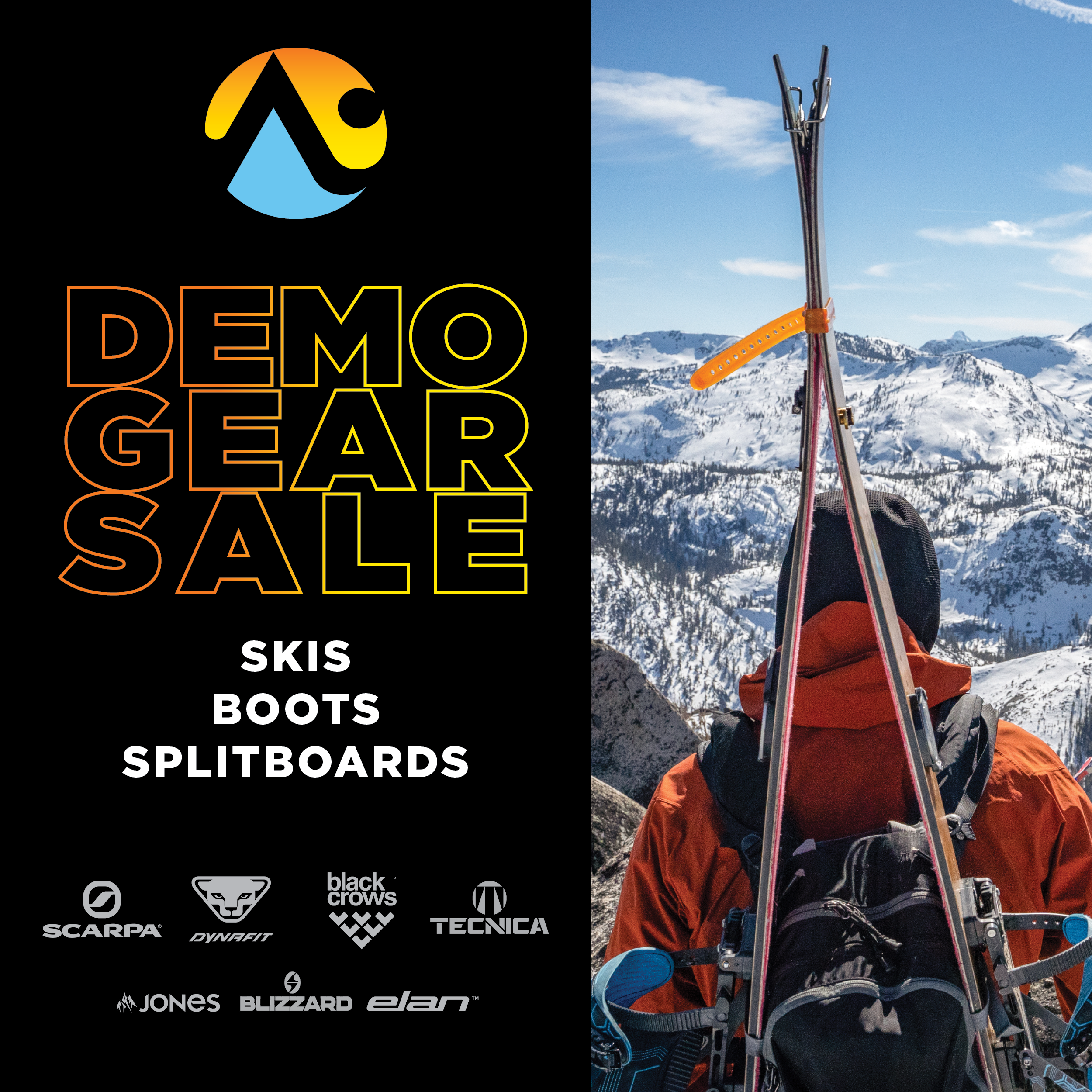
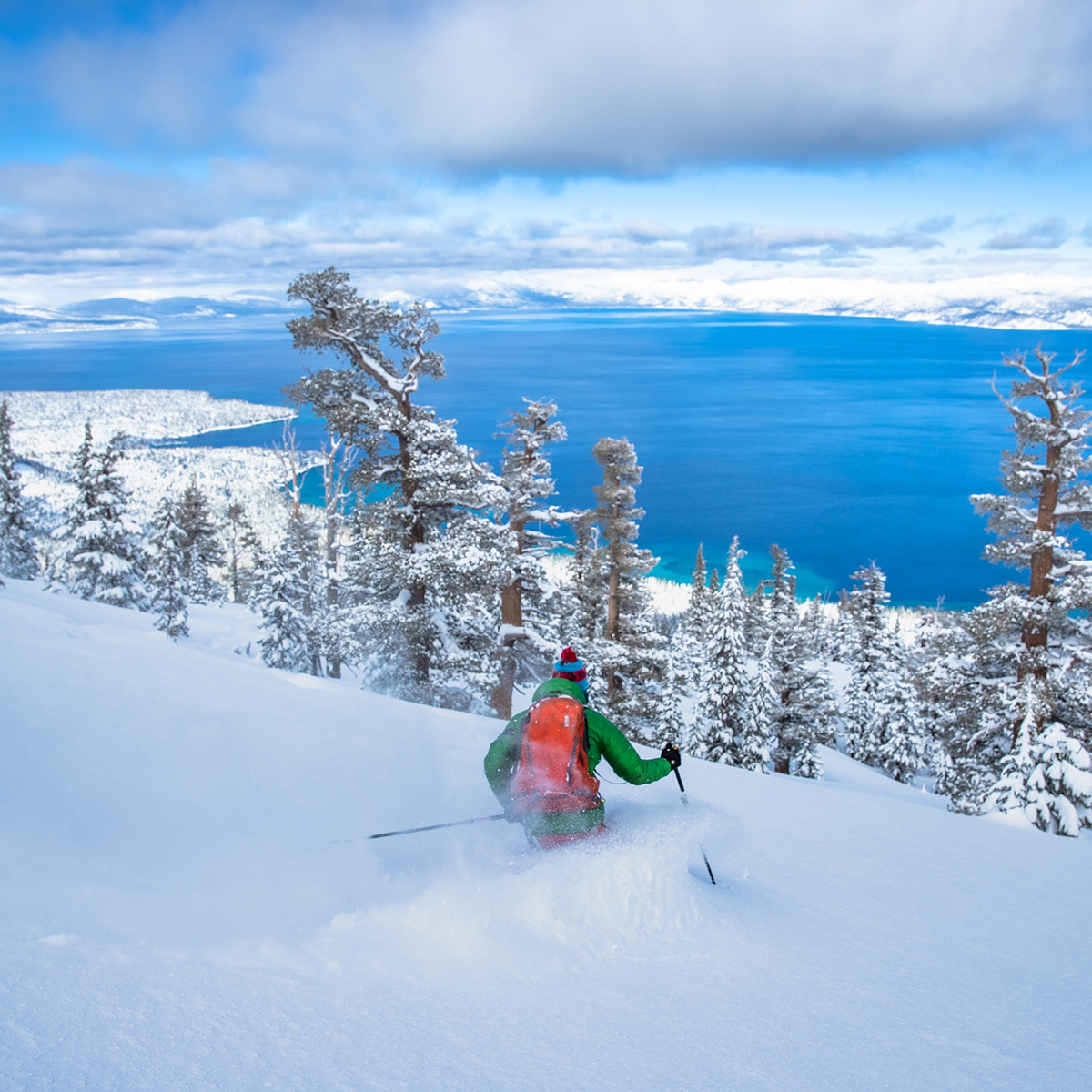
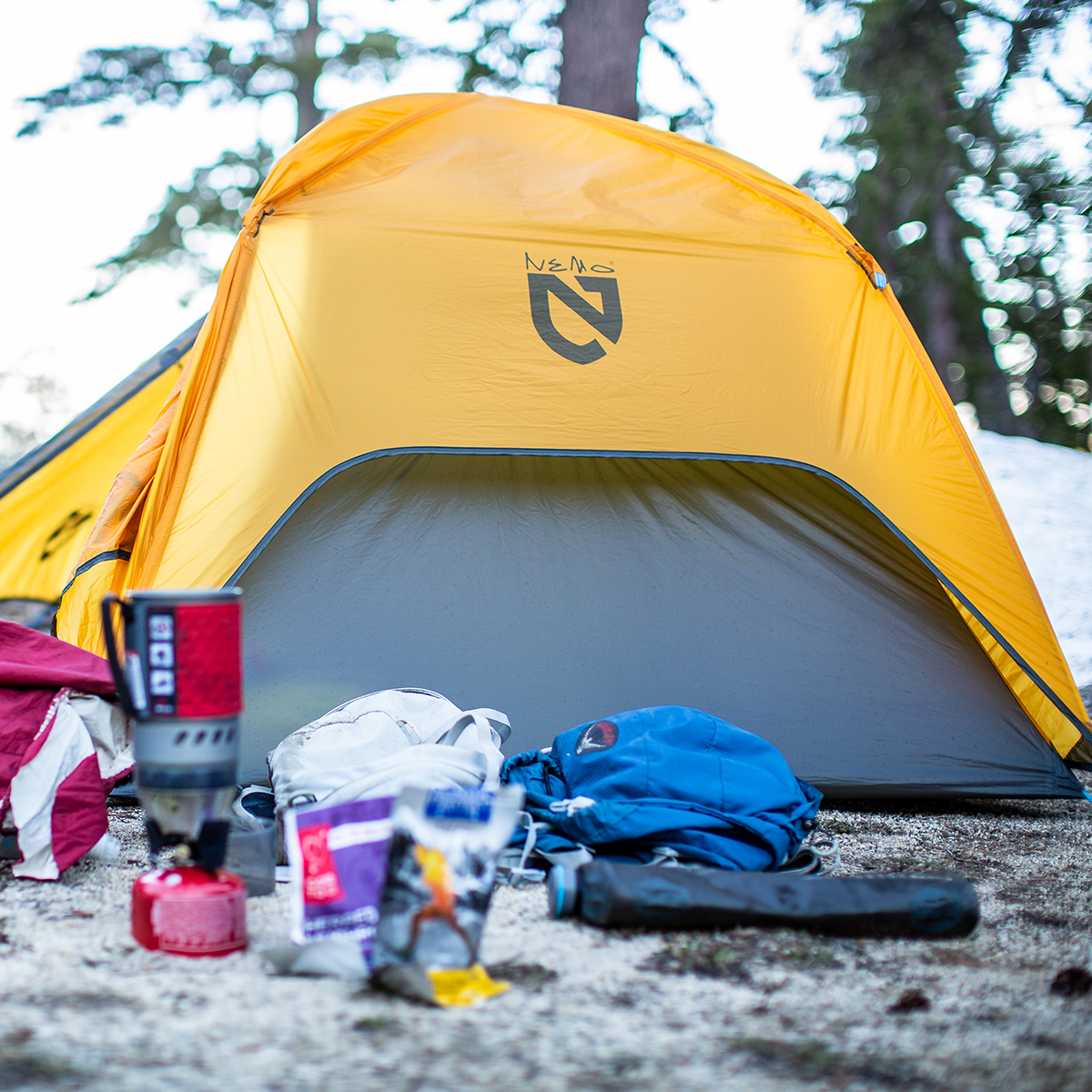
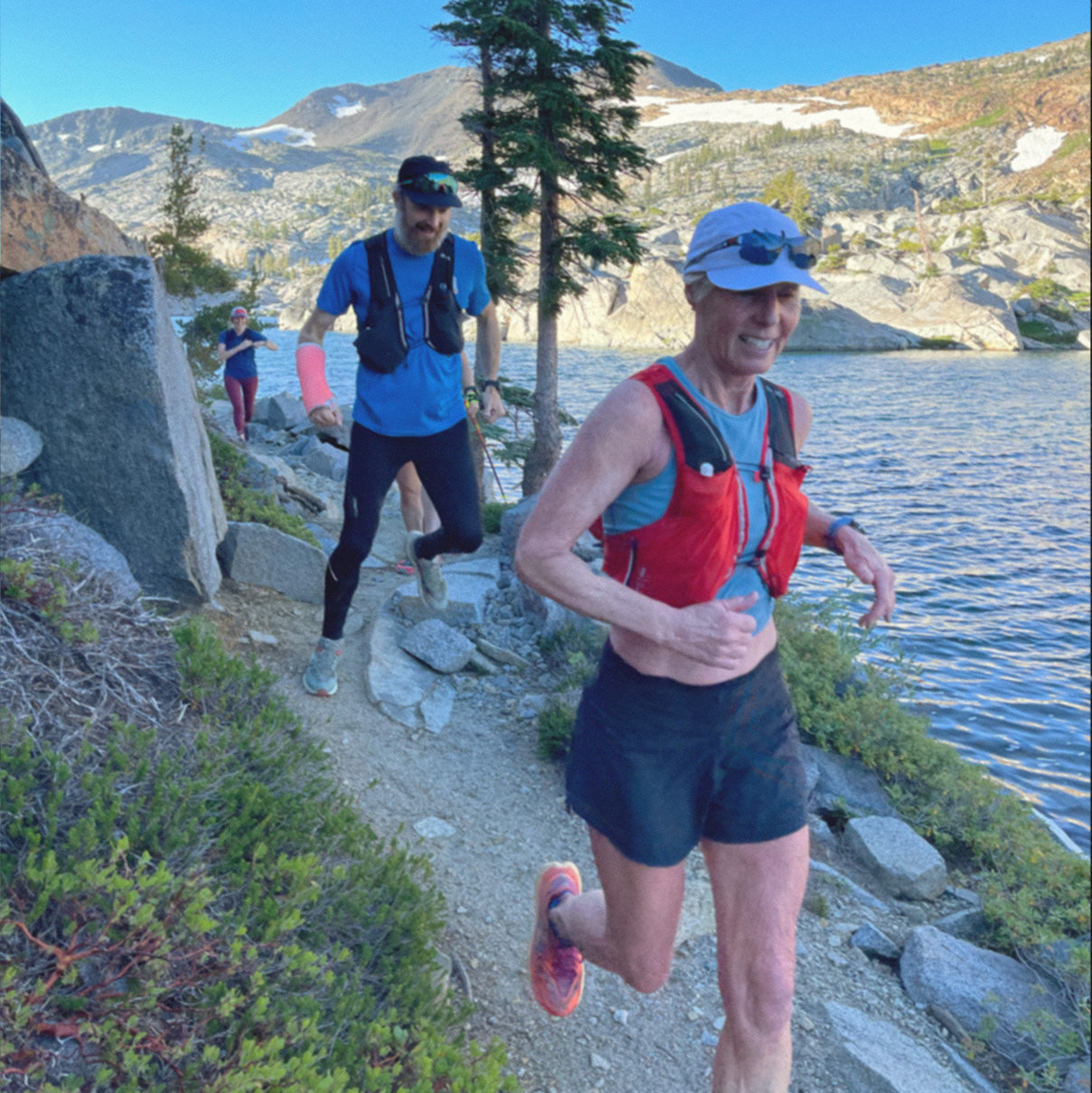
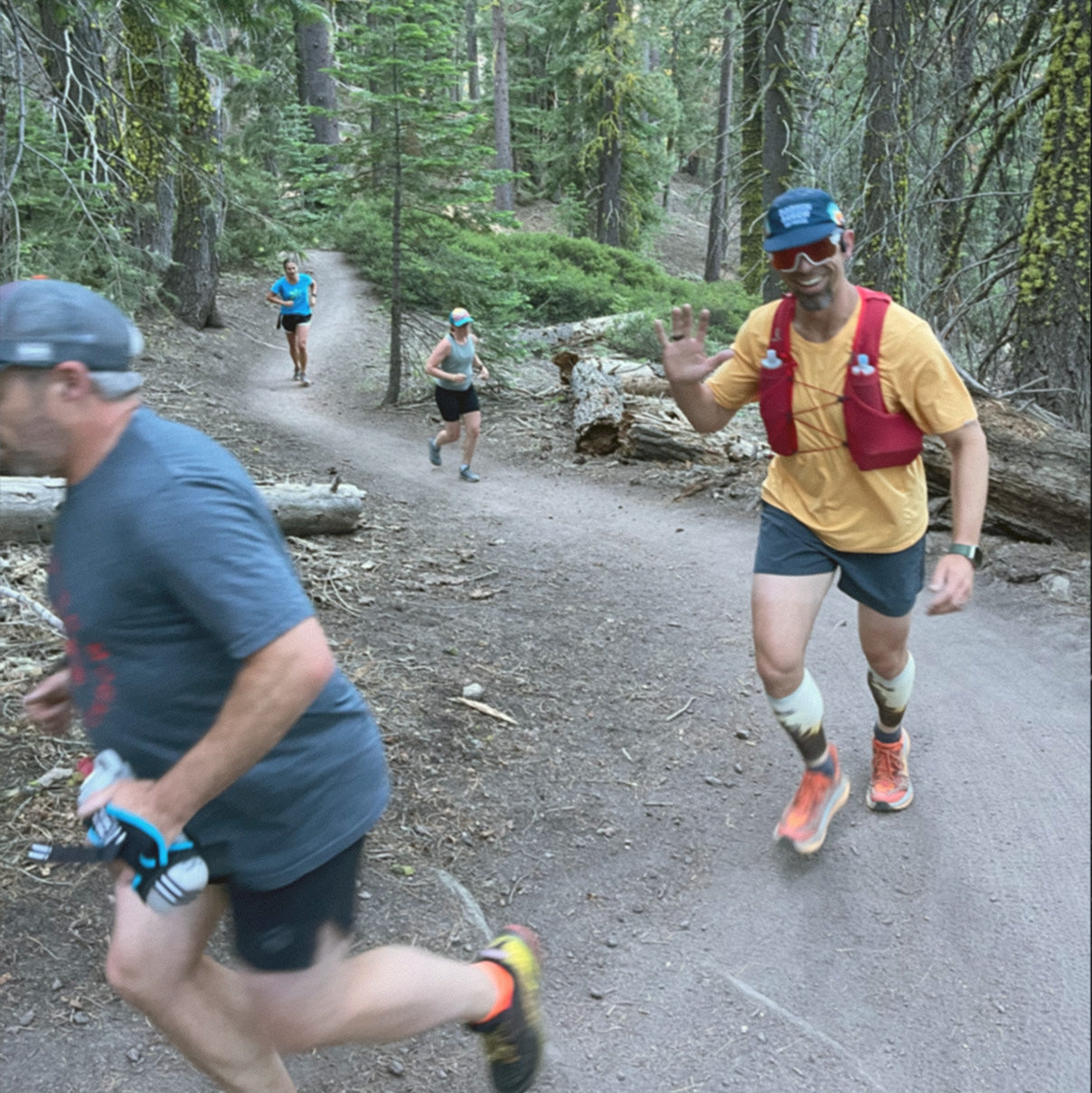

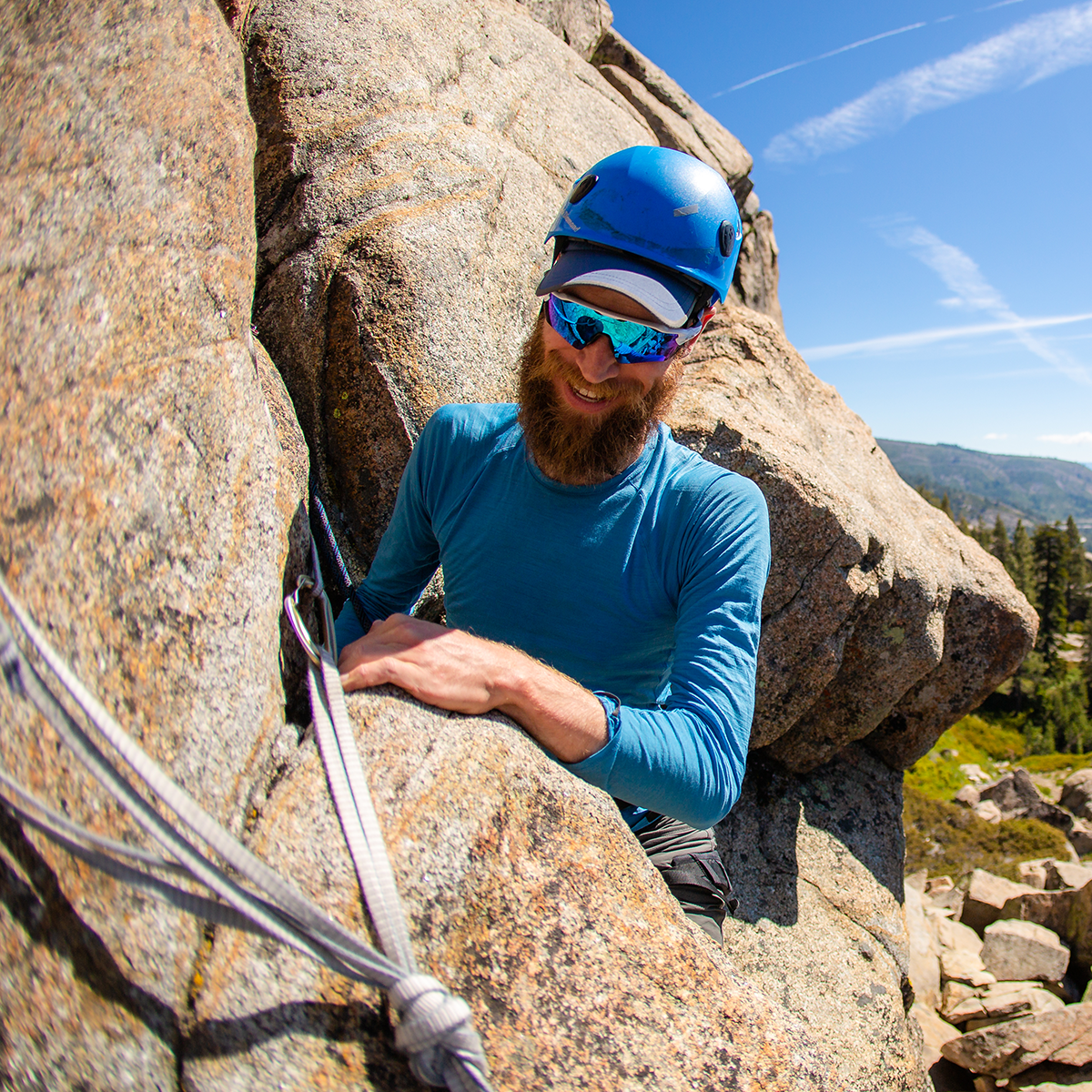

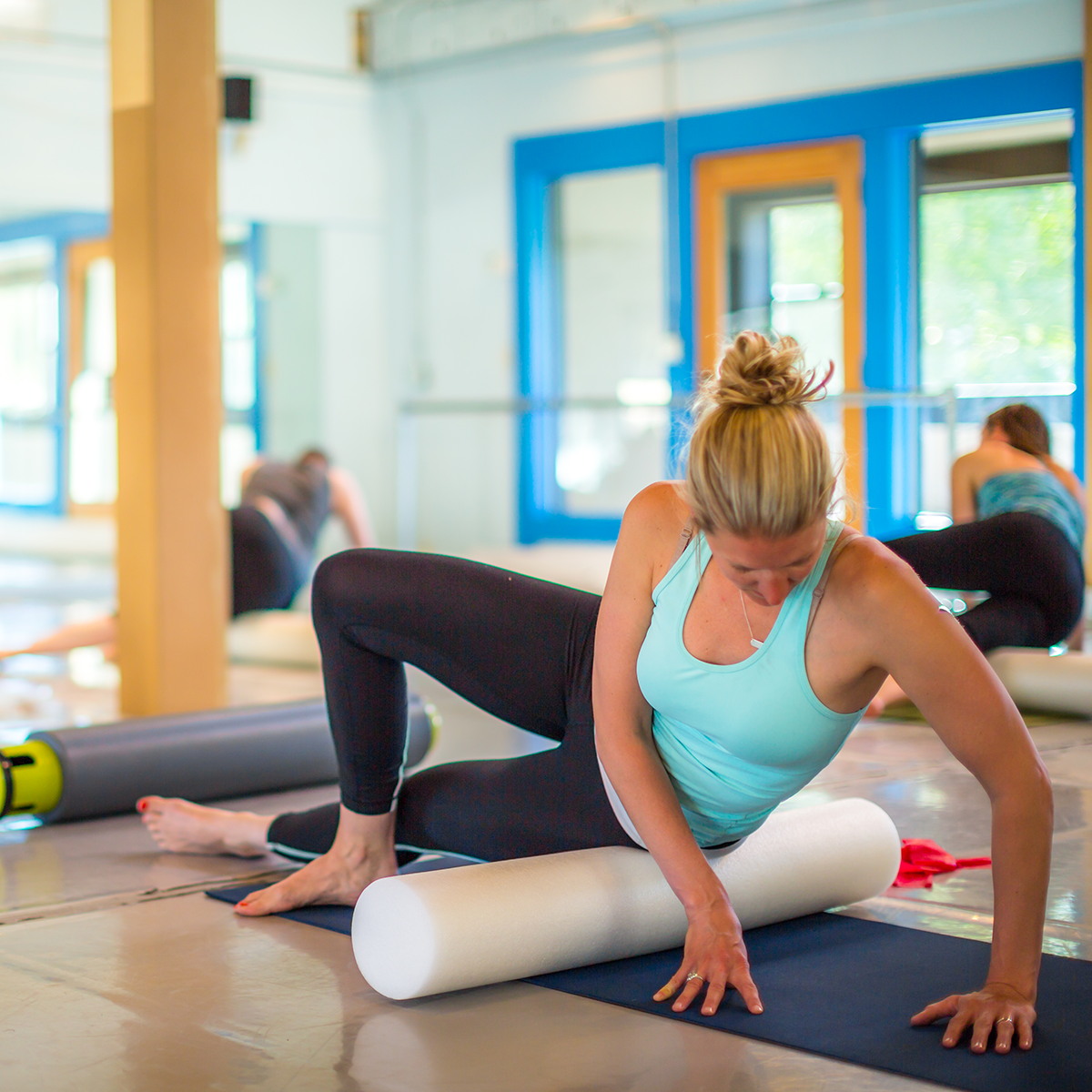


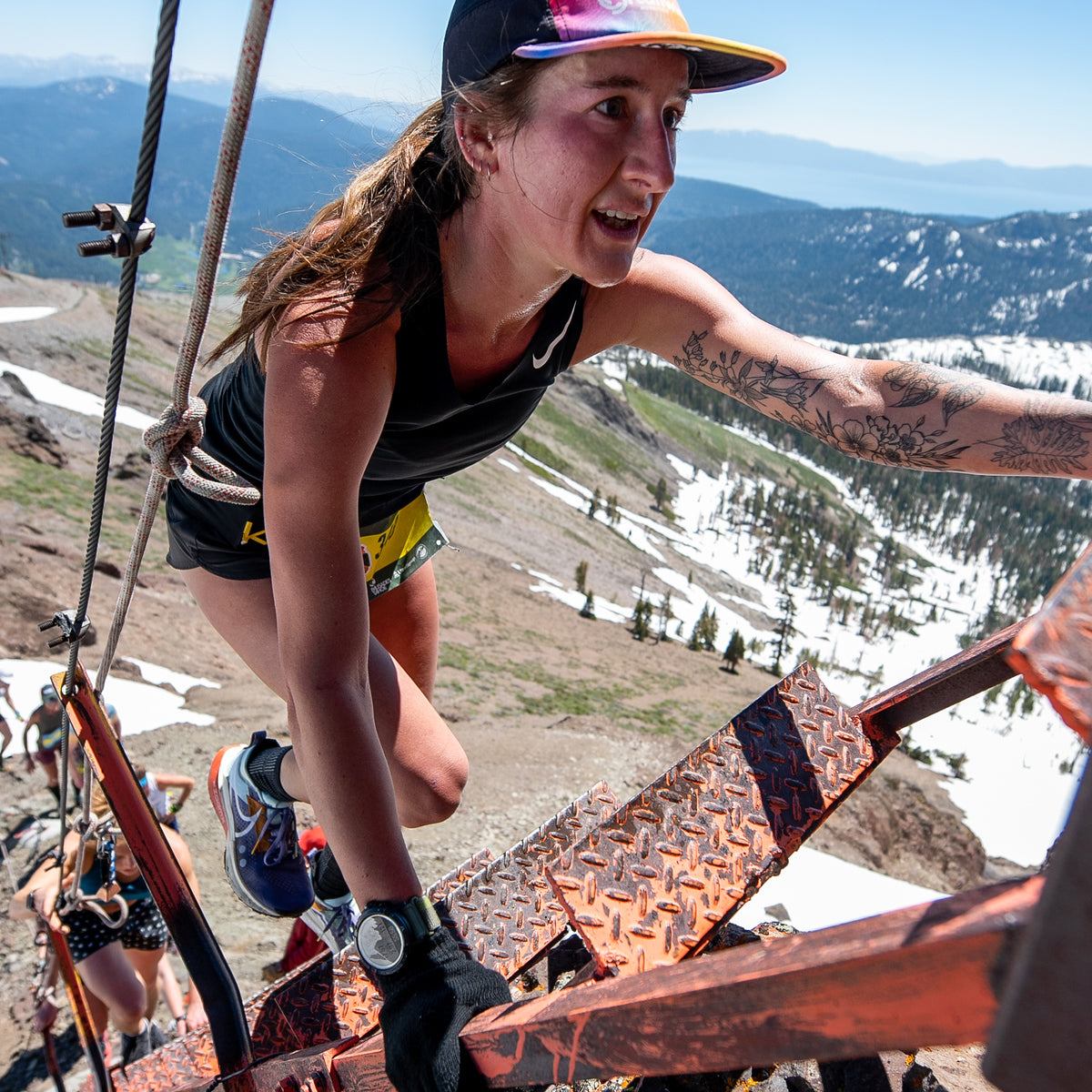



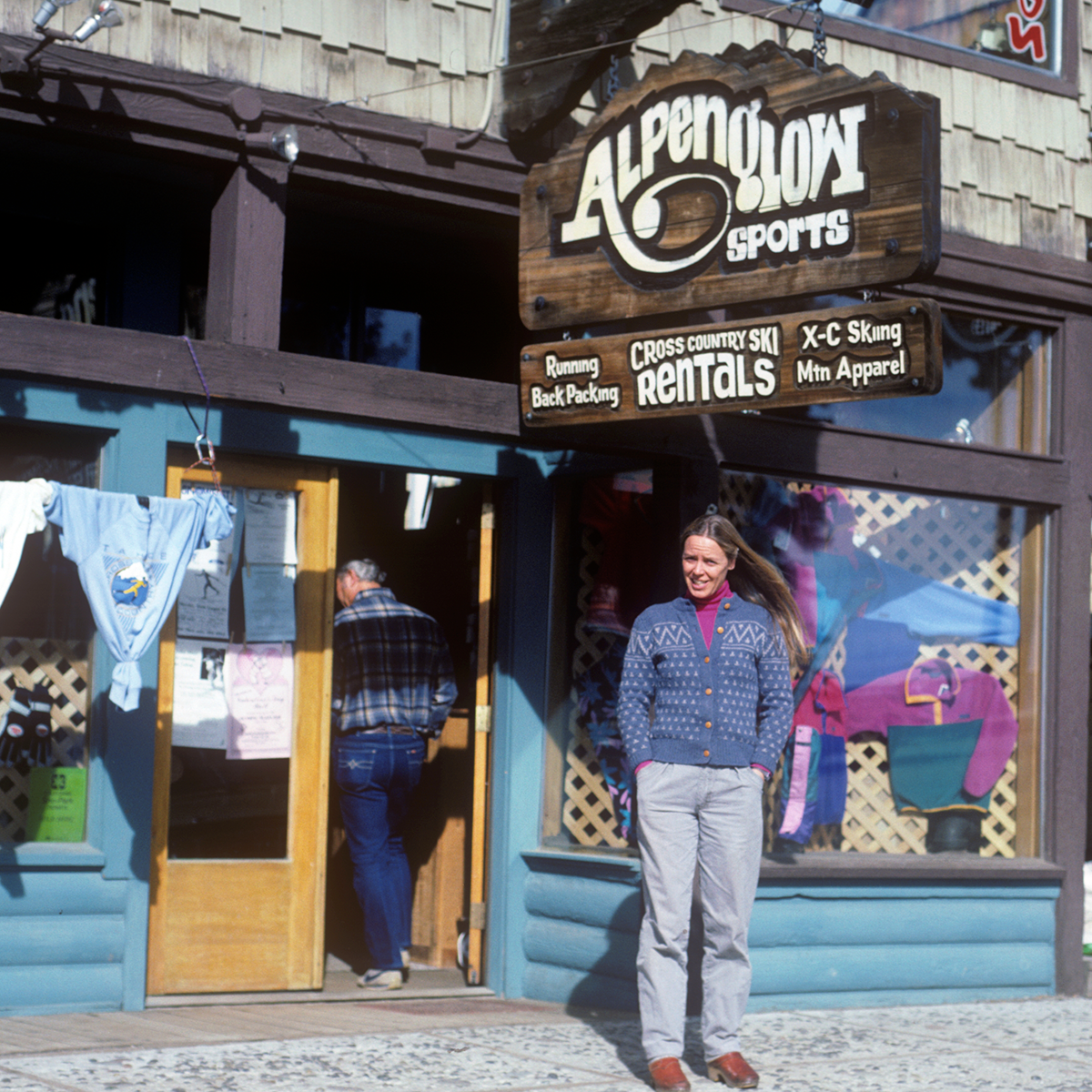
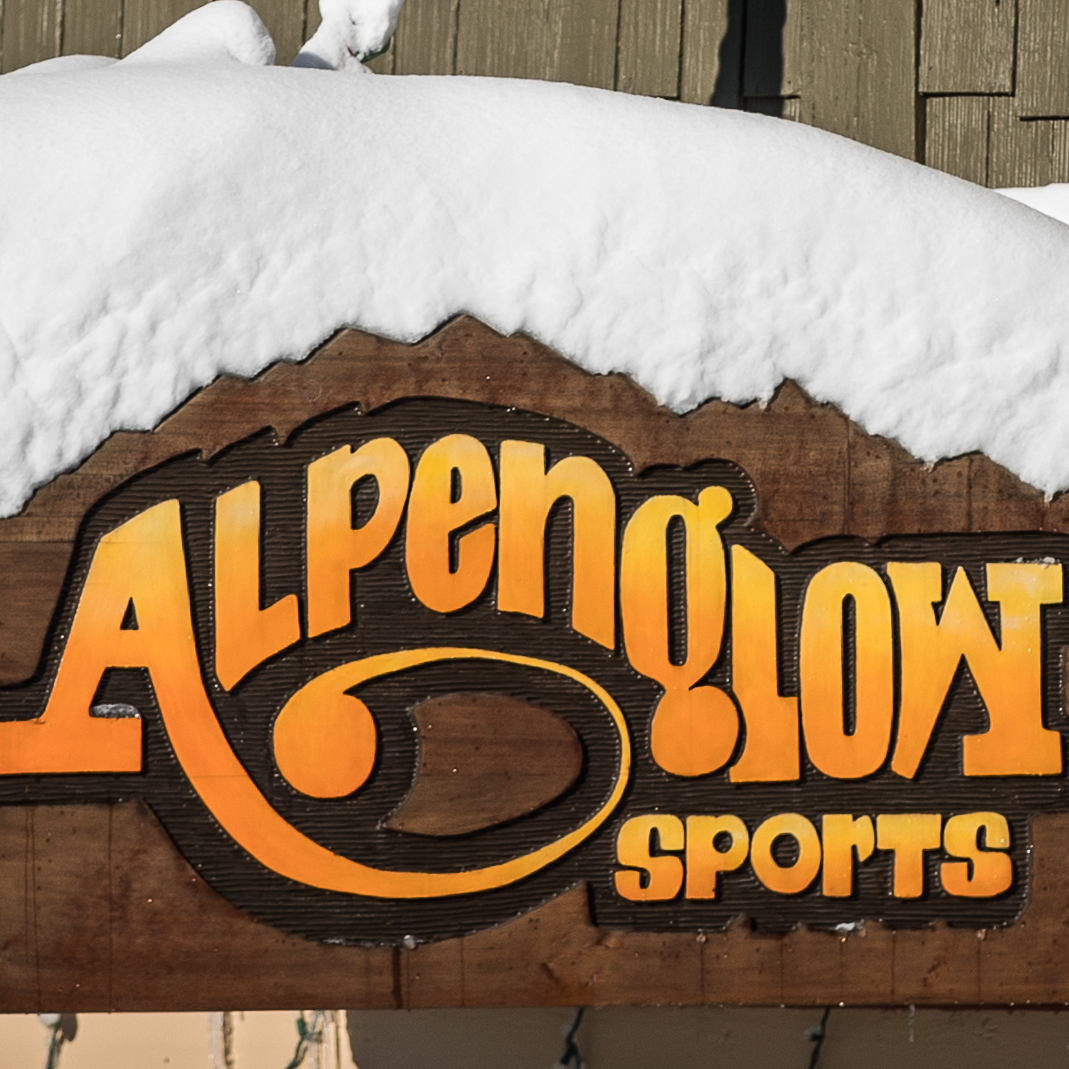



Leave a comment
This site is protected by reCAPTCHA and the Google Privacy Policy and Terms of Service apply.